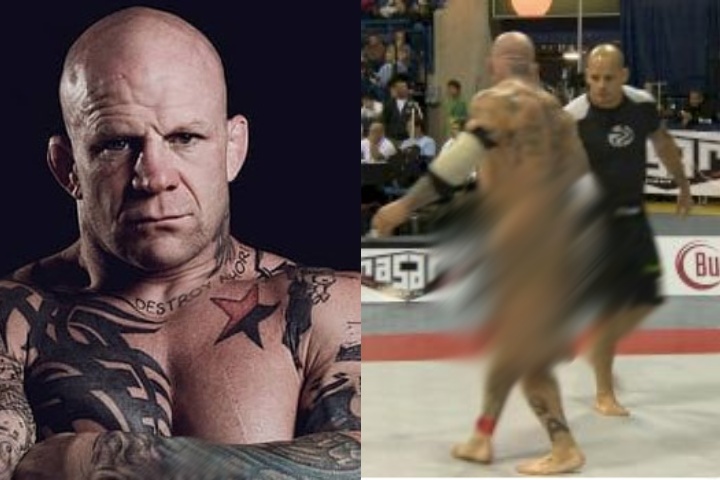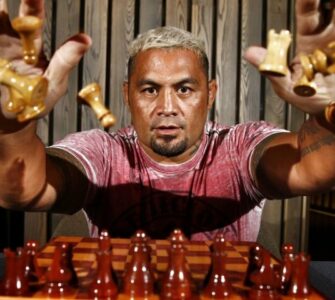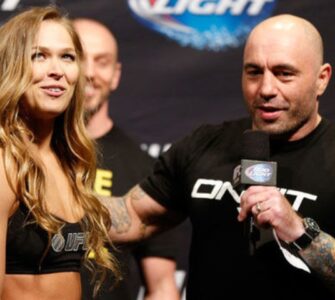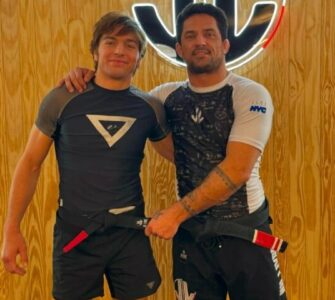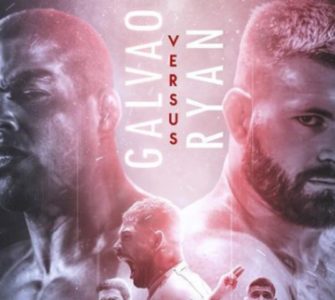Jeff Monson, an MMA legend and former ADCC world champion grappler, is no stranger to controversy. Known for his prowess in the ring, Monson has also made headlines for his unconventional method of protest—getting naked. In a revealing anecdote shared by his long-time teammate, Dennis Hallman, on the LytesOut MMA History Podcast, we get a glimpse into the extreme lengths Monson has gone to express his dissatisfaction or make a statement.
The Naked Protest on the Highway
Hallman recounts a bizarre yet illustrative episode involving Monson. One day, Monson was expected at Hallman’s house but never showed. Concerned, Hallman went out and found Monson walking down a busy highway, stark naked. When questioned, Monson explained he was protesting a personal dispute with his wife. Hallman humorously reflects on the incident, noting Monson’s response: “This is not the way to protest, bro. You don’t get naked and walk down the street.” Nevertheless, he helped Monson by offering him a coat and a ride, highlighting the surreal nature of the situation.
A Pattern of Public Dissent
This incident was not an isolated event. Monson has reportedly used nudity as a form of protest multiple times, especially when grappling decisions did not go his way. His actions have drawn various reactions, from amusement to shock, and have sparked discussions on the appropriateness and effectiveness of such protests in sports and public life.
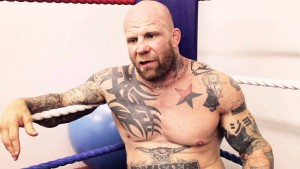
The Notorious Marcelo Garcia Protest
One of Monson’s most famous protests occurred during a match against Marcelo Garcia, where he stripped down in response to a decision he disagreed with. This protest is often cited as a significant moment in grappling history, not only for the decision that prompted it but also for Monson’s audacious response.
Reflections and Reactions
The podcast episode sheds light on the complex character of Jeff Monson, a man willing to use his physicality not just to compete but also to communicate his grievances, albeit in an unconventional manner. Hallman’s anecdotes provide a candid look at the challenges and humorous moments that come with being a teammate and friend to someone as unpredictable as Monson.
Jeff Monson’s approach to protest, characterized by his readiness to go to extremes, underscores a unique intersection between athletics and personal expression. While his methods may be unorthodox, they certainly leave an impression, ensuring that the conversations around his protests are as lively and animated as the protests themselves. Whether one views his actions as inappropriate or as a bold form of expression, Monson’s legacy in grappling is intertwined with both his competitive achievements and his naked dissent.

